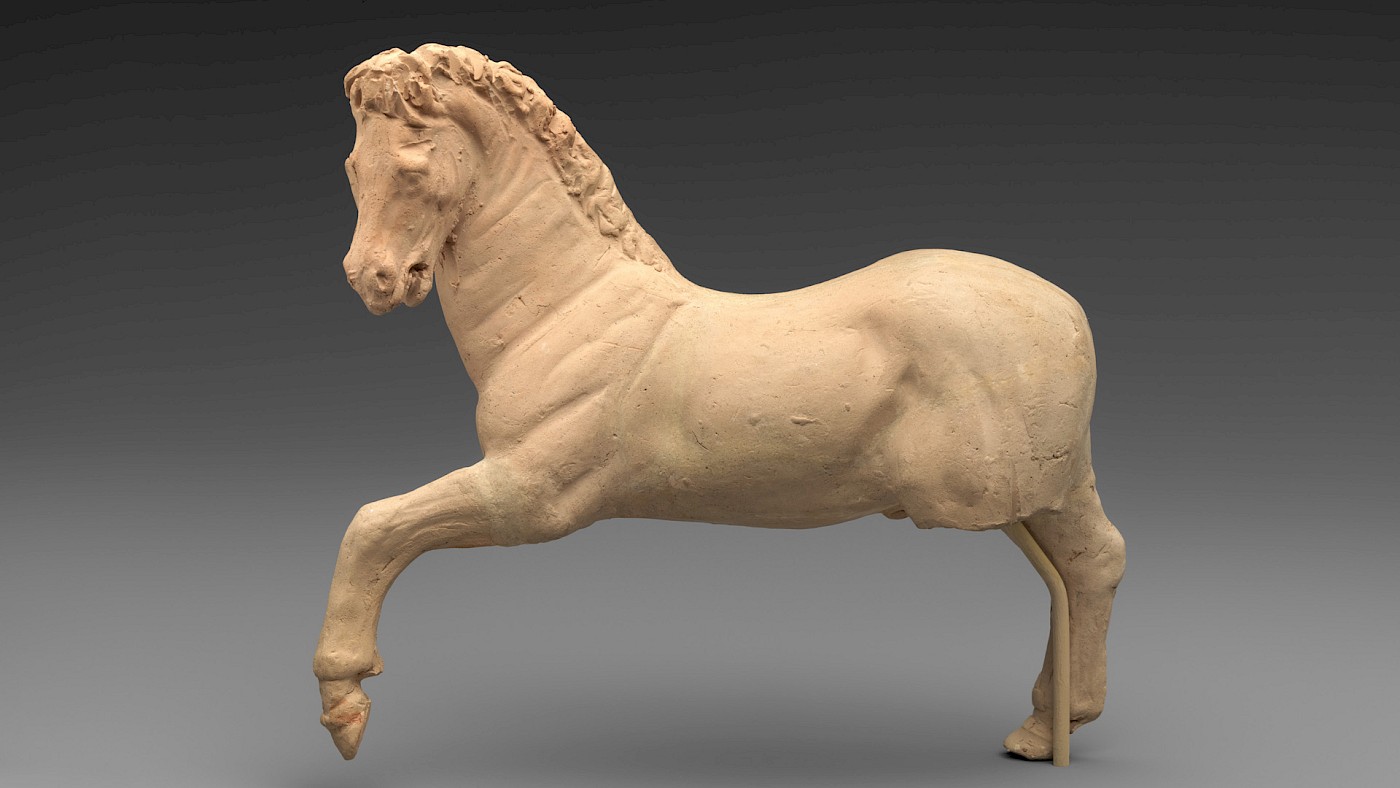The state of Greek-warfare studies is tumultuous. On one side are historians who see it as a highly ritualized, agonistic, affair. For them, it was governed by social mores and the supposed physical limitations of the arms and armour then in vogue.
Against this view are a growing number of researchers who see Greek warfare as pragmatic and chaotic, much as we think about warfare in most other periods of human history. Scholars such as Hans van Wees, Louis Rawlings, and Roel Konijnendijk, as well as some of the contributors to this magazine, have rigorously reinterpreted the evidence and they all come to the conclusion that the traditional view of “hoplite warfare” is wrong in many of its points.
Sadly, I do not have enough space in this article to give a full overview of the state of the field. I will, however, point interested readers to Hans van Wees’s Greek Warfare: Myths and Realities, Louis Rawlings’s The Ancient Greeks at War, Roel Konijnendijk’s Classical Greek Tactics: A Cultural History, and the edited volume Men of Bronze: Hoplite Warfare in Ancient Greece. (You might also be interested in our podcast episode on hoplites.)
What is important for readers of this article is to understand that there is a polemical divide in the study of how the ancient Hellenes waged war. I am not shy about my stance amongst the “new” or “heterodox” school. To me, Greek warfare was not an evenly matched contest of equals, but a bloody struggle for life.
It is also important to note that Hellenes waged war differently in different parts of the Mediterranean. This is an aspect that is sadly underemphasized in scholarly literature. In this article, I want to point out one example of where “hoplite warfare” was probably not practised, despite the presence of supposed “hoplite” equipment.
Tarentum and war
Tarentum was a city-state in Southern Italy (modern Taranto), founded by emigrants from Sparta in the eighth century BC. Known to its inhabitants as Taras, the city quickly grew into one of the largest in the Mediterranean. Its strategic position in the south of Italy made it flourish.
Even though Tarentum grew into a powerful state, in its early days the local tribes of Italic peoples gave them problems. Early in the fifth century, the Tarentines fought a war against the Messapians, and triumphed. In celebration of this victory, they dedicated bronze sculptures at Delphi of horses and captured women (Paus. 10.10.6).
Soon after, they fought another successful campaign against local tribes. An alliance of Iapygians and Peucetii, commanded by the former’s king Opis, were unable to overcome the Greeks. Again, in celebration of their victory, the people of Tarentum dedicated statues, this time of pedzoi (infantry) and of hippeis (cavalrymen) (Paus. 10.13.10).
The traditional explanation for these victories is that the Tarentines fought as hoplites in a phalanx, supposedly superior to the “native” techniques of war found amongst the non-Greek Mediterranean peoples. This was because the aspis, the hoplite’s heavy shield, provided superior protection when used in the phalanx formation than other types of armour, and, when used en masse, was an unstoppable “rolling pin,” flattening their enemies.
But should we simply assign these victories to the hoplite and his phalanx in such a jejune manner? Of course not.
We have such little evidence for these battles that we cannot look to a narrative, or to archaeological evidence, for help. Our only source is Pausanias, who simply notes that they fought a couple of battles in his much more interesting discussion of Greek monuments. These, though, give us some helpful hints at what went on.
The victory monument for the first battle included sculptures of captured women, and then of horses. The former were certainly representative of captives taken in the war, but what of the latter? It is possible that the horses also represented booty seized by the Tarentines, though another explanation is that they were meant to celebrate the victorious soldiers. If this is the case, which I believe that it was, then it means that the Tarentines ascribed their victory to their cavalrymen.
The second victory’s statues are similarly enlightening. They included infantrymen and cavalrymen. Infantry are predictable from an orthodox view, as they would represent the hoplites at the core of the victorious force. The cavalry, however, do not fit with this, as it is typically seen as an inferior “branch” of Hellenic armies. Clearly, though, the cavalry was important, if not essential, in both victories.
Closing remarks
So, what can this brief vignette tell us about Greek warfare? It makes us question how universal the “hoplite” was as an essential part of every Hellenic state’s armoury. For Tarentum, even in the fifth-century heyday of “hoplite warfare,” the cavalryman was essential.
Further inquiry is needed into the regional manifestations of Greek warfare, but large-scale academic treatments are not available yet. Stay tuned to Ancient World Magazine for more quick looks into the world of Hellenic warfare outside of the typical narrative, and perhaps even keep an eye out for a book on the subject!
